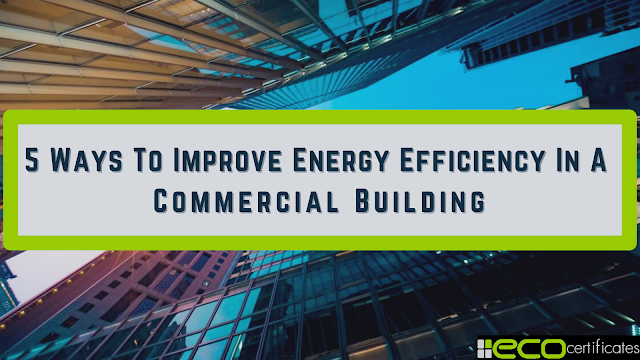5 Ways To Improve Energy-Efficiency In A Commercial Building

Commercial buildings have the highest energy requirements in the market. But they also contribute to substantial wastage. In fact, it is noted that commercial developments waste 30% of their energy. That leads to colossal costs, reduced efficiency, and minimal to no ROI in the long run. Thankfully, you can implement several practical strategies to reduce energy costs and make your building energy-efficient. Let's explore five proven ways to help you get a great head start today. By minimizing your energy-related emissions, your construction project can abide by new green infrastructure regulations such as the NABERS rating . You can also improve your consumer appeal, getting an edge over your competitors. How To Improve Energy Efficiency In A Commercial Building 1. Understand the causes of major energy loss in commercial building Commercial buildings consume significant energy, so it's important to understand what causes major energy losses in commercia...
